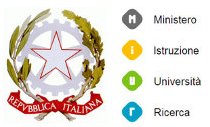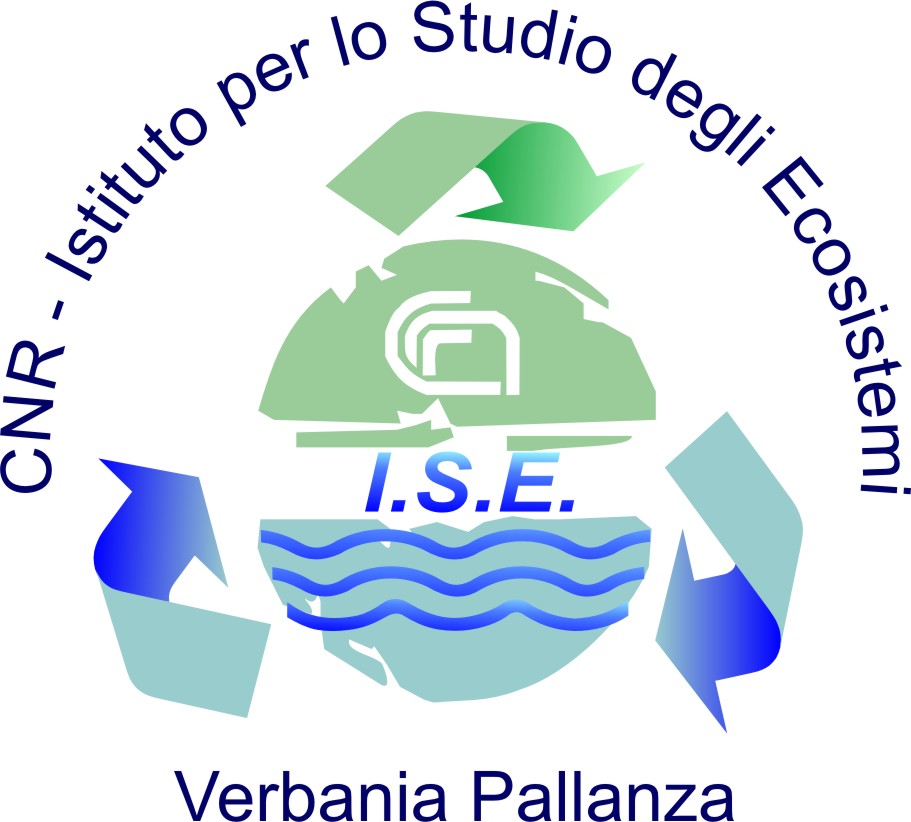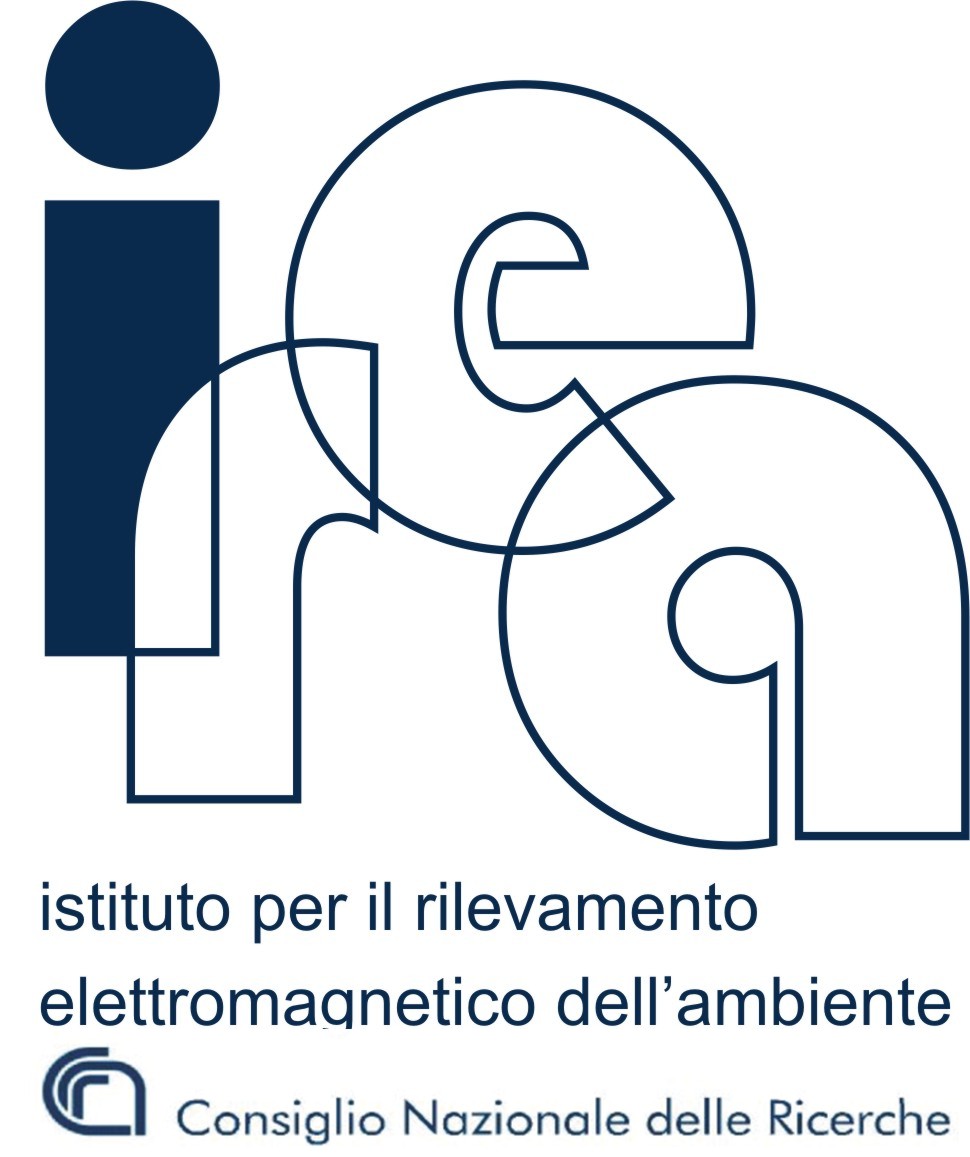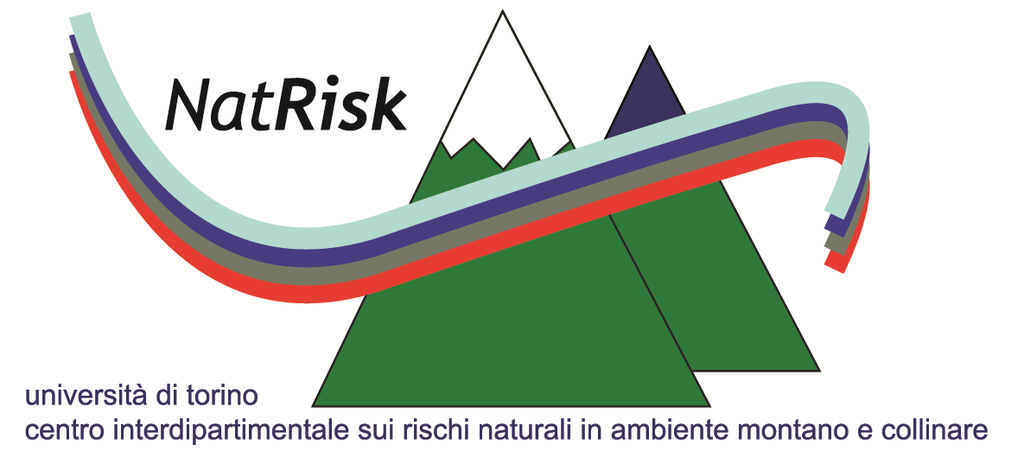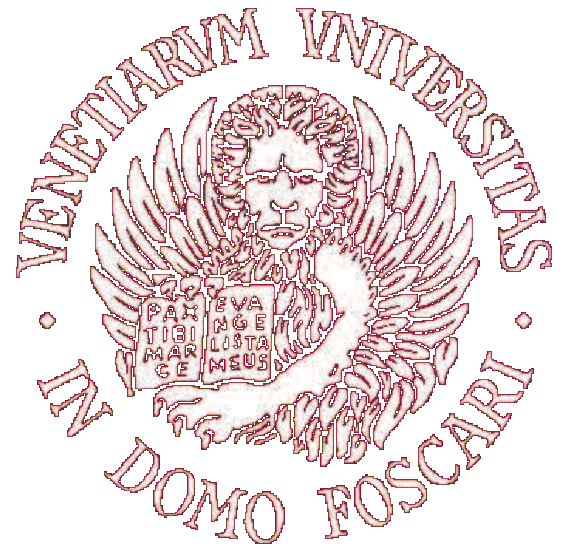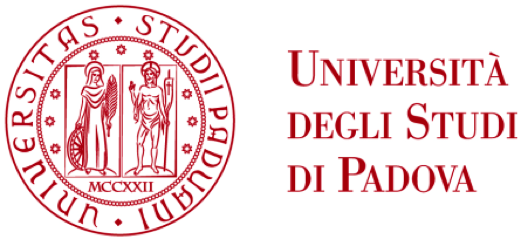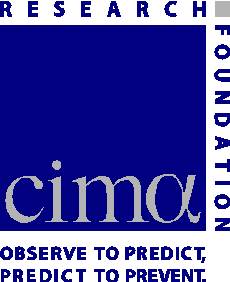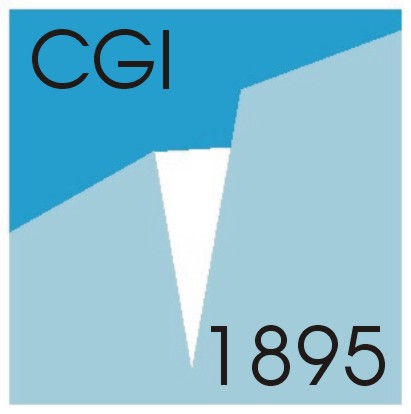You are here
Effect of aerosols in high altitude areas

Figure 1: Comparison over the HKKH of AOD in the visible band simulated by the RegCM4 model with Era-Interim boundary conditions with AOD (at 550 nm) reproduced by the MACC and by MODIS, in the summer monsoon season (JJAS). The white boxes in the left panel indicate the regions over which regional averages over HKK and Himalaya have been computed.
This pilot study aims at defining aerosol effects in mountain areas, including direct radiative effects, indirect thermodynamics and precipitation microphysics effects, as well as effects linked to the deposition of black carbon and dust on snow-covered surfaces. Particular attention will be devoted to the Himalaya-Karakorum region, where a strengthening of the measurement network in the framework of the NextData project will allow to obtain a quantiative characterization of the impact of aerosols on the mountain environment.
In the framework of the pilot study aerosol optical depth (AOD) reproduced in the HKKH region by a regional climate model (the RegCM4 model run by ICTP) has been compared with satellite observations (MODIS-Terra) and with an aerosol reanalysis product provided by the MACC project (Monitoring Atmospheric Composition and Climate). The model was run for a regional domain including the Indian subcontinent defined for the CORDEX project. Two present-day simulations (2000-2009) are available with boundary conditions provided by ERA-Interim reanalyses and by the global model EC-Earth run created for CMIP5 by ISAC-CNR. A future scenario timeslice in the period 2040-2050 has been created using EC-Earth boundary conditions for the RCP 4.5 emission scenario.
The ability of the model in reproducing AOD distributions and their seasonality has been assessed by comparing climatological averages over the entire simulation domain and, more in detail, over the HKKH region, with the MODIS and MACC spatial climatological distributions. Figure 1 reports an example of such a comparison for the summer monsoon season (JJAS), averaged over the years 2003-2009, common to all datasets, with ERA-Interim boundary conditions for RegCM. The analysis confirms that in winter RegCM is capable of reproducing to a large extent the amplitude and the spatial distribution of the optical depth of aerosols in this area, with a good reproduction of a low over the Tibetan plateau and of a higher AOD at the southern feet of the Himalayas, mainly associated with anthropic pollution. In summer we find a good reproduction of a severe maximum of AOD centered over the border between Pakistan and India, even if with an offset in the position of the maximum which is located farther east. Experimentation with a dynamical dust scheme used in the model has allowed to assess the role of an accurate representation of dust emissions from the local desert areas (mainly the Thar desert) in order to represent correctly this maximum during the monsoon season.
A more detailed view of seasonal fluctuations over the two focus areas of the Hindu-Kush-Karakorum (HKK) in the west and over the Himalaya in the east, is obtained by defining two boxes enclosing these areas (shown in Figure 1). A comparison of the monthly climatology of AOD with MODIS and MACC shows very good agreement in the average AOD in summer, while in winter (from October to February) RegCM reports a significantly higher AOD. Similarly to the two observational databases, RegCM reaches a maximum in July for the HKK. In the Himalaya region MACC and MODIS show a significant difference during all year, which can be attributed to a higher estimate of AOD over the Tibetan plateau in MODIS. While from December to May RegCM AOD maintains itself between these two observational datasets, in summer it reports higher values, which are associated with higher AOD over northern India, associated with high dust sources and transport in the monsoon season.
Timeseries of AOD averages over these same regions show that in the HKK RegCM reproduces well the observed variability and the timing of some extremes of AOD, particularly compared to MODIS. Some high extremes of AOD in winter find no correspondence in the observational and reanalysis datasets. These may be associated with episodes of long-range transport of dust and anthropogenic pollutants which have to be investigated further. In the Himalayas RegCM presents a more irregular timeseries compared to the two observational datasets and is not able to capture some extreme high values observed in summer, particularly by MODIS.
Analysis of deposition fluxes of light-absorbing aerosols (black carbon and dust) confirms the importance of dust deposition mainly during the monsoon summer season on the southern flanks of the HKKH. The RCP 4.5 future scenario (for 2040-2050) shows a possible decrease in winter BC deposition, mainly associated with a decrease in the scenario of east-Asian anthropogenic emissions. The model also forecasts a significant decrease in dust activity affecting the Himalayas, both in summer (from the Thar desert) and in winter (from the Gobi desert). The associated changes in long-range transport patterns and in wind climatology have to be further investigated, together with possible impacts on snow albedo and local radiative forcing.

